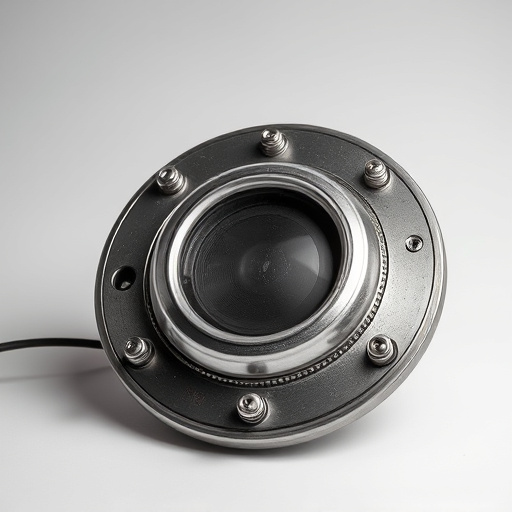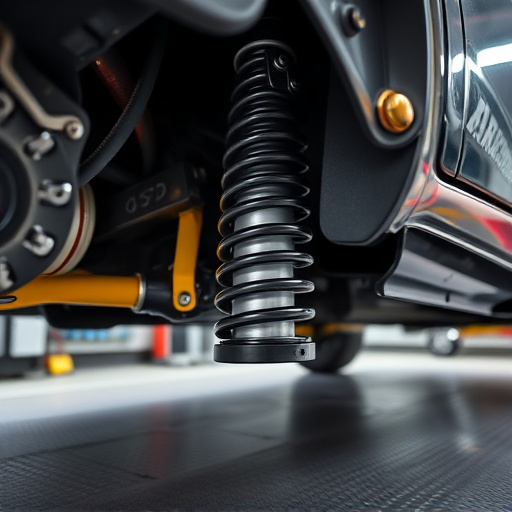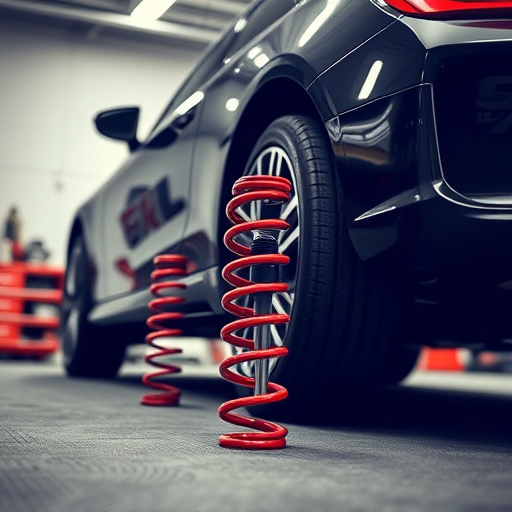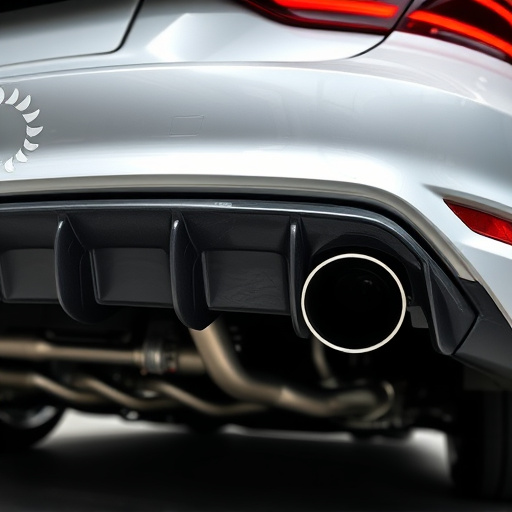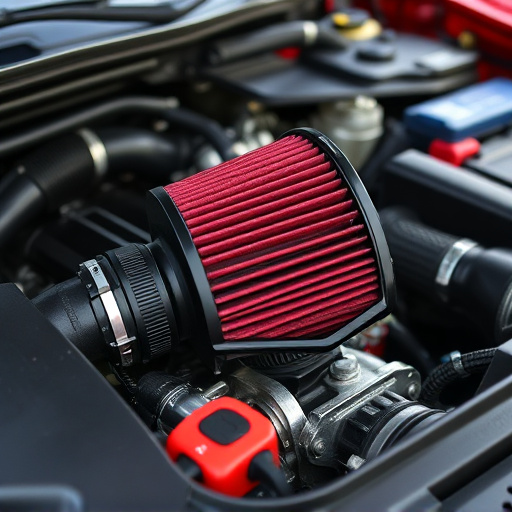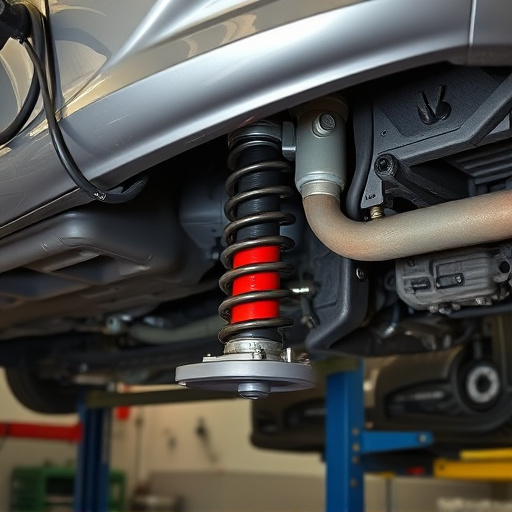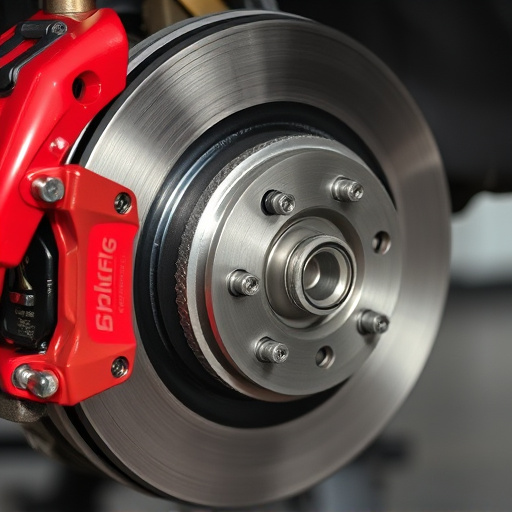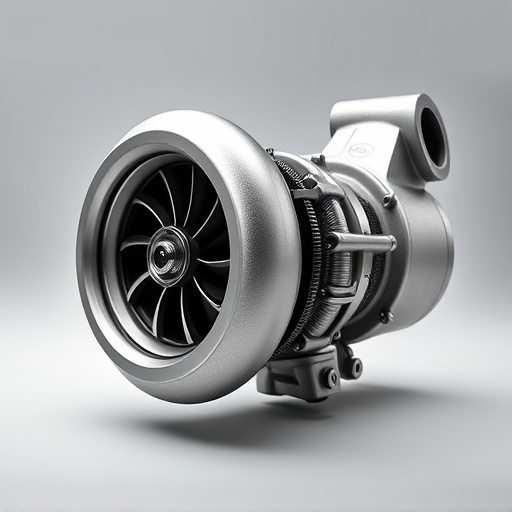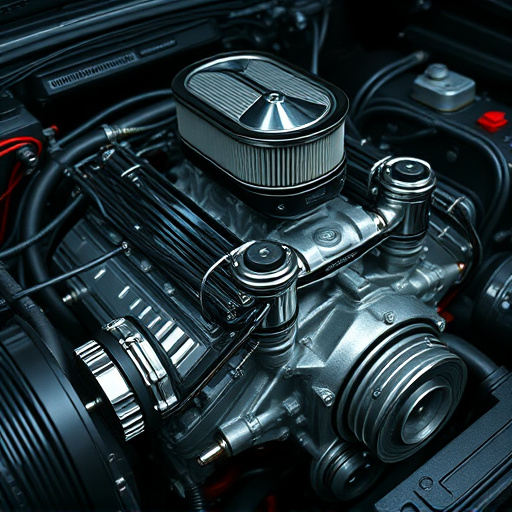Brake pads and rotors are essential for vehicle safety, with pads converting kinetic energy to heat through friction and rotors enduring high temperatures and friction. Regular inspection is critical as wear from constant contact can increase stopping distances and reduce control. High-performance parts ensure optimal stopping power, while proper maintenance extends their lifespans, enhancing driver safety, especially in emergency situations.
In today’s high-performance vehicles, understanding the intricate relationship between brake pads and rotors is crucial for optimal stopping distance. Brake pads, composed of diverse materials, experience wear over time, influencing their braking efficiency. Meanwhile, brake rotors play a critical role in reducing stopping distance by dissipating heat and transforming kinetic energy. Together, these components form a dynamic duo, ensuring drivers’ safety on the road. Dive into this comprehensive guide to unravel the science behind brake pads and rotors, optimizing braking performance for peace of mind while driving.
- Understanding Brake Pads: Material, Wear, and Function
- The Critical Role of Brake Rotors in Stopping Distance
- Optimizing Braking Performance: Pads and Rotors Together
Understanding Brake Pads: Material, Wear, and Function

Brake pads are a critical component in the braking system of any vehicle. Typically made from a combination of steel and friction materials like organic or ceramic compounds, their primary function is to convert kinetic energy into heat through friction, thus slowing down and eventually stopping the vehicle. The material composition plays a vital role; organic pads offer good initial grip and moderate heat dissipation, while ceramic composites excel in high-temperature conditions and provide more consistent braking performance over time.
Over time, brake pads experience wear due to constant contact with rotors during braking. This wear can vary depending on factors like driving habits, road conditions, and vehicle weight. Regular inspection is crucial as worn or damaged pads can lead to increased stopping distances and reduced control. Moreover, the efficient functioning of brake pads and rotors is intertwined; high-performance parts ensure optimal stopping power, while proper maintenance extends the lifespan of both intake components and air filter kits, ensuring a vehicle’s braking system remains at peak performance.
The Critical Role of Brake Rotors in Stopping Distance

The brake rotors play a critical role in determining a vehicle’s stopping distance, acting as the primary contact points for the brake pads to slow and stop the wheels. These rotors are crucial components of the braking system, designed to withstand high temperatures and intense friction during the braking process. The quality and condition of rotors directly impact how quickly and efficiently a car can come to a stop, making them an essential factor in ensuring driver safety.
Unlike brake pads that wear down over time, rotors typically require more significant maintenance attention. Regular inspection for warping, corrosion, or damage is vital. Modern suspension kits often incorporate advanced braking technologies, but even with these enhancements, proper rotor care is indispensable. By keeping rotors clean, free from debris, and in optimal condition, drivers can expect shorter stopping distances, improved vehicle control, and enhanced overall braking performance, thereby ensuring safer driving experiences, especially during emergency stops.
Optimizing Braking Performance: Pads and Rotors Together

The synergy between brake pads and rotors is paramount in determining a vehicle’s stopping distance. While brake pads provide the friction necessary to slow and stop the car, rotors act as the solid surface against which the pads press, translating that pressure into controlled deceleration. Optimizing this partnership ensures efficient braking performance, crucial for safety.
Proper maintenance of both components is key. Worn or damaged pads and rotors can lead to reduced stopping power and even increased wear on other critical suspension components, such as calipers and bearings. Regularly inspecting and replacing these parts according to manufacturer recommendations is essential not only for maximizing braking efficiency but also for ensuring the safety and reliability of your vehicle, particularly in emergency stop situations where every millimeter matters.
Brake pads and rotors are integral components that work synergistically to ensure safe and effective stopping. By understanding their individual roles and material properties, we can optimize braking performance. Pads provide the friction needed to slow down vehicles, while rotors dissipate heat and distribute braking force evenly. Together, they transform kinetic energy into heat, enabling controlled stops in today’s bustling traffic. Regular maintenance and high-quality parts are key to maximizing stopping distance and enhancing overall vehicle safety.


